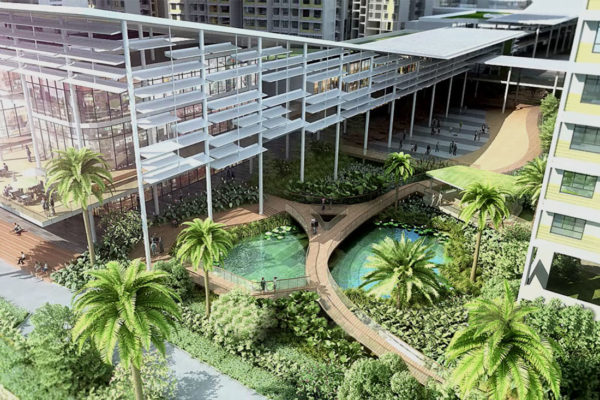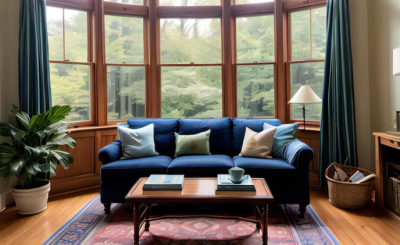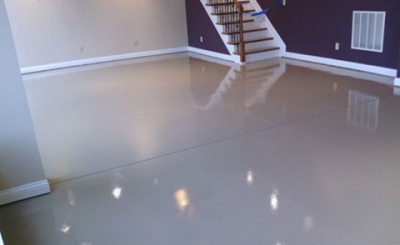Biophilic design is an innovative approach to architecture and interior design that focuses on incorporating nature into our built environment. This design principle is based on the idea that humans have an innate connection to nature and that being in close proximity to natural elements can have a positive impact on our physical, emotional, and mental well-being.
The Science Behind Biophilic Design

Research has shown that biophilic design can have a significant impact on mental health and well-being. Exposure to natural elements such as sunlight, fresh air, and greenery has been linked to reduced stress levels, improved mood, and increased productivity. Studies have also shown that biophilic design can help to reduce symptoms of anxiety and depression, and improve overall mental health.
One of the key principles of biophilic design is the incorporation of natural light into buildings. Exposure to natural light has been shown to regulate the body’s circadian rhythm, improving sleep quality and reducing the risk of depression and other mood disorders. Access to natural light has also been linked to improved cognitive function and increased productivity, particularly in work environments.
Integrating Nature into the Built Environment
There are many ways to incorporate biophilic design into our built environment. One of the most common approaches is to introduce plants and greenery into indoor spaces. This can include living walls, potted plants, and even green roofs. These elements not only improve air quality but also create a calming and soothing environment.
Another approach is to incorporate natural materials into building design. This can include the use of wood, stone, and other natural materials to create a more organic and natural feel. This approach is particularly effective in creating a sense of warmth and comfort in residential spaces.
The Future of Biophilic Design

As our society becomes increasingly urbanized, the need for biophilic design has become more important. The integration of nature into our built environment is essential for improving mental health and well-being. In the future, we can expect to see more biophilic design elements incorporated into buildings, from green roofs to living walls and natural light-filled spaces.
- Biophilic design has the potential to revolutionize the way we approach architecture and interior design.
- By incorporating natural elements into our built environment, we can create spaces that are not only beautiful but also promote health and well-being.
- Whether you’re designing a residential space or a commercial building, incorporating biophilic design elements can have a significant impact on mental health and well-being.
Biophilic design is an innovative approach to architecture and interior design that focuses on incorporating nature into our built environment. This design principle has been shown to have a significant impact on mental health and well-being, improving mood, reducing stress levels, and increasing productivity. As our society becomes increasingly urbanized, the need for biophilic design has become more important than ever before. By integrating natural elements into our built environment, we can create spaces that are not only beautiful but also promote health and well-being.








